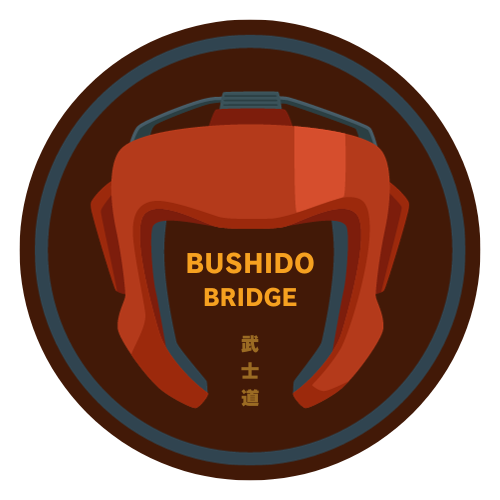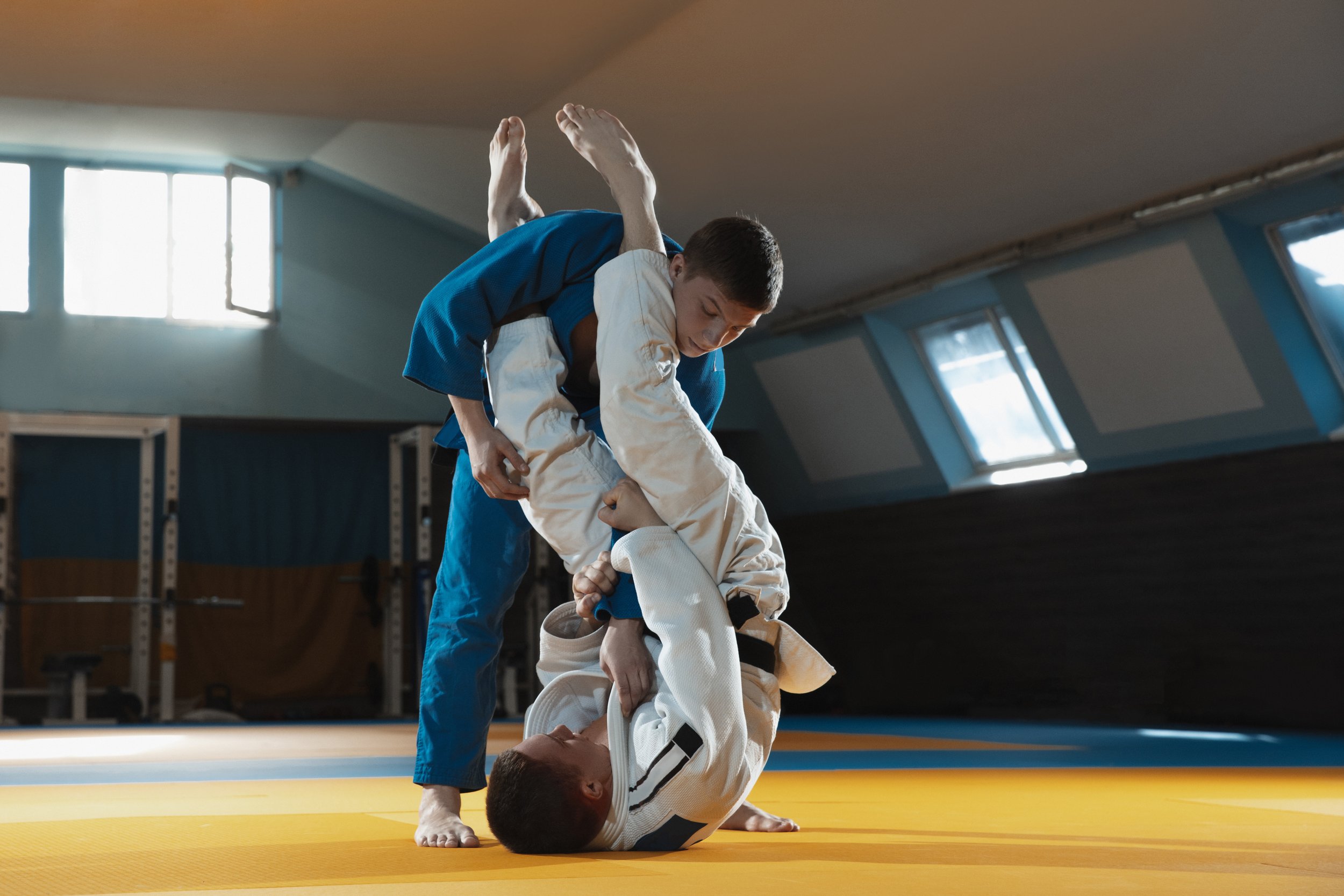GRAPPLING
In the realm of unarmed combat, the utilization of all aspects and styles of martial arts stands as a testament to the effectiveness of a well-rounded approach. At the core of this comprehensive skill set lies the art of grappling, a discipline that transcends mere physical strength and demands technique, strategy, and adaptability. Grappling, encompassing both stand-up and ground scenarios, emerges as a crucial foundation for anyone seeking proficiency in self-defense or competitive sports.
Wrestling (Various Cultures)
Photo by Aquib Shahid on Pexels
Wrestling, one of the oldest forms of combat, boasts a rich and diverse history that spans cultures and civilizations. With roots deeply embedded in ancient times, wrestling has evolved into various styles practiced worldwide. In the United States, wrestling holds a prominent position, flourishing at both collegiate and high school levels. Russia and Iran stand as powerhouses in international competitions, showcasing their prowess in both Freestyle and Greco-Roman wrestling. Turkey, with its tradition of oil wrestling, intertwines the sport with cultural heritage. In Japan, Judo incorporates wrestling elements, while Sumo wrestling stands as a revered and traditional form. India embraces the age-old practice of "kushti," contributing to its prominence in South Asia. Mongolia showcases its unique style known as "Bokh," reflecting the country's nomadic history. Georgia, Cuba, and Azerbaijan have left indelible marks on the wrestling world, each boasting a strong tradition in the sport. Bulgaria, known for its success in both Freestyle and Greco-Roman styles, adds to the global tapestry of wrestling. These nations, among others, not only practice wrestling as a sport but also contribute to its narrative, making it a universal language of physical prowess, cultural significance, and international competition.
Pankration, an ancient Greek martial art, integrated elements of boxing and wrestling. It was included in the Olympic Games and dates back to at least the 7th century BCE.
Pankration (Ancient Greece)
Shuai Jiao (Ancient China)
Shuai Jiao, an ancient Chinese martial art, focused on throws, trips, and sweeps. Its origins date back thousands of years.
Judo (Japan)
Image by Freepik
As Japan underwent societal changes during the Meiji era (late 19th to early 20th century), Jigoro Kano sought to modernize and systematize the techniques of Jiu-Jitsu. In 1882, Kano founded Judo, which retained many principles and techniques from Jiu-Jitsu but emphasized a more sportive and systematic approach. Focused on throws, takedowns, and groundwork, Judo emphasizes technique and efficiency over brute strength. With a philosophy of "the gentle way," Judo extends beyond a sport, promoting character development, mutual respect, and disciplined training. Recognized globally for its dynamic throws and principles of maximum efficiency, Judo not only serves as a form of self-defense and competition but also as a pathway to personal growth and community bonding.
Jujutsu (Japan)
Image by Freepik
Japanese Jiu-Jitsu, with origins in feudal Japan, is a traditional martial art encompassing a diverse range of techniques. Developed for self-defense by samurai warriors, Jiu-Jitsu includes strikes, joint locks, throws, and groundwork. Unlike more specialized martial arts, Jiu-Jitsu offers a comprehensive approach to combat, teaching practitioners how to respond to various attacks. The art emphasizes using an opponent's energy against them and employs both armed and unarmed techniques. While it served as a foundational art for Judo and Brazilian Jiu-Jitsu, Japanese Jiu-Jitsu retains its relevance as a holistic martial system. With a focus on practical self-defense, adaptability, and a deep respect for tradition, Japanese Jiu-Jitsu continues to be practiced globally, providing a versatile and well-rounded approach to martial arts training.
CATCH WRESTLING (NORTH AMERICA & EUROPE)
Catch Wrestling, with its origins in the 19th century, is a dynamic and aggressive form of grappling that emerged in the carnivals and circuses of North America and Europe. Rooted in various traditional wrestling styles, it gained prominence as a popular entertainment spectacle. Unlike other wrestling disciplines, Catch Wrestling places a strong emphasis on submissions and pinning holds, allowing competitors to win by forcing their opponent into a pin or by applying a joint lock or stranglehold. Characterized by its versatility, Catch Wrestling encourages adaptability and creativity, permitting a wide array of techniques both on the feet and on the ground. It has influenced the development of modern professional wrestling and mixed martial arts (MMA), contributing a distinctive approach to grappling that prioritizes effectiveness and tenacity in both sportive and real-world contexts.
Brazilian Jiu-Jitsu (Brazil)
Image by Freepik
Emerging in the early to mid-20th Century, Brazilian Jiu-Jitsu (BJJ) evolved from Judo and Japanese Jiu-Jitsu. The Gracie family in Brazil modified and developed BJJ, emphasizing ground fighting, submissions, and positional control. The concept of playing guard, particularly the closed guard, became a central component of BJJ. The Gracies and their students refined and popularized the use of the closed guard as an effective defensive and offensive position from the bottom.
Sambo, short for "SAMozashchita Bez Oruzhiya" in Russian, which translates to "self-defense without weapons," is a martial art and combat sport that originated in the Soviet Union in the early 1920s. Developed by Viktor Spiridonov and Vasili Oshchepkov, Sambo blends elements of traditional Russian folk wrestling with judo and other international styles. Initially created for the military, Sambo places a strong emphasis on throws, takedowns, ground control, and submissions. It features both sportive and self-defense aspects, making it a well-rounded system for hand-to-hand combat. Sambo practitioners, known as "sambists," wear distinctive red or blue jackets during competitions, which can include both standing and ground phases. Sambo has gained international recognition and is practiced worldwide, with various styles and rule sets adapted for sportive competitions and self-defense applications.





